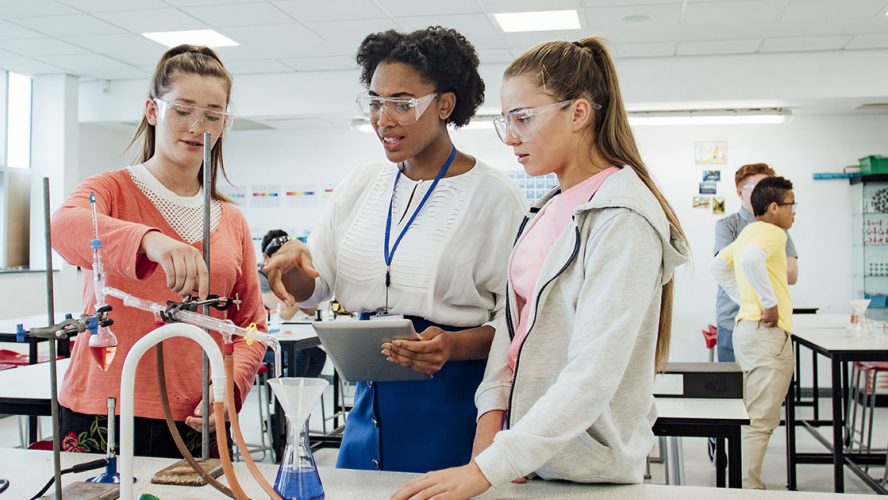Enabling all students to become STEM-literate is a very complex challenge facing K-12 educators. For more than a century, our educational system has focused on teaching the knowledge and skills necessary to master individual content areas including reading, writing, mathematics, science, social studies, the arts and others. More recently, STEM education has been added to the mix for students to learn and excel in all grade levels.
Educational goals
The International Technology and Engineering Educators Association strives to attain the goal of STEM literacy in all students. We support moving to a more aggressive approach that takes teaching engineering design as a foundational skillset of STEM, and moves it into the realm of integrative STEM education (I-STEM). The end goal is to operationalize I-STEM education practices to empower educators to implement engaging and dynamic instructional practices in K-12 schooling to benefit all students.
I-STEM education is the application of technological and engineering design-based pedagogical approaches to intentionally teach the content and practices of science and mathematics education. I-STEM Education is equally applicable at the natural intersections of learning within the continuum of content areas, educational environments and academic levels.
Practical applications
Engaging all children in I-STEM education necessitates teaching technology and engineering through a real-world context, while introducing and reinforcing the appropriate math and science instruction to connect STEM learning throughout the lesson. This approach allows educators to fully integrate engineering mindsets such as systems thinking, creativity, optimism, collaboration, communication and ethical considerations. Exposure through I-STEM education builds confidence and competence in all children to not only understand STEM disciplines, but also to master critical thinking and problem solving. They learn to use their surroundings to create the necessary solutions to improve the world around them.

